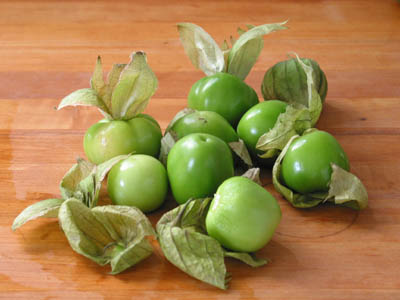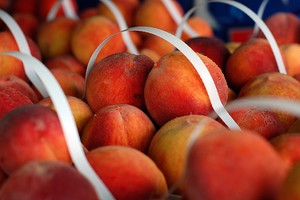The latest report on obesity from the Centers for Disease Control and Prevention shows that obesity in the US is increasing constantly, with some states much more obese than others. (If anyone tells you it’s genetic, ask them why the obesity rate has gone up within our own generation).
In 2001, the US Surgeon General called for action on obesity, yet things have just gotten worse – as of 2009, not a single state has an obesity rate lower than 15%. That means one person in seven is not just pudgy, not just overweight, but seriously, dangerously fat. There are many causes of obesity, but with respect to food, our understanding is growing that WHAT you eat, not just how much, is key. You could reduce your calorie intake, but if your calories are full of fats and salt and additives, and prepared by frying, you haven’t made as much progress as you might.
You’ve read it before, and here it is again: eating more fresh fruits and vegetables can help. Luckily, this is part of the weight loss or maintenance plan that can be pleasurable. You don’t have to shovel down mounds of those same old green beans, when the earth has given us such a spectacular variety of foods to choose from.
In Berkeley, Monterey Market and Berkeley Bowl offer cornucopias of amazing colorful delicious fresh fruits and vegetables. Even your regular grocery store probably has more food diversity than you’ve realized. When in the produce aisles, look at the higher shelves or corners of the cooler that you ordinarily walk past without noticing. Jerusalem artichokes! Jicama! Tomatillos!

Tomatillos
I personally suspect that the chemical drenching inflicted by industrial agriculture on its crops may contribute to obesity, and I can’t wait for scientific studies on the matter. In the meantime, do yourself a favor and eat food with less processing, i.e., fresh.



